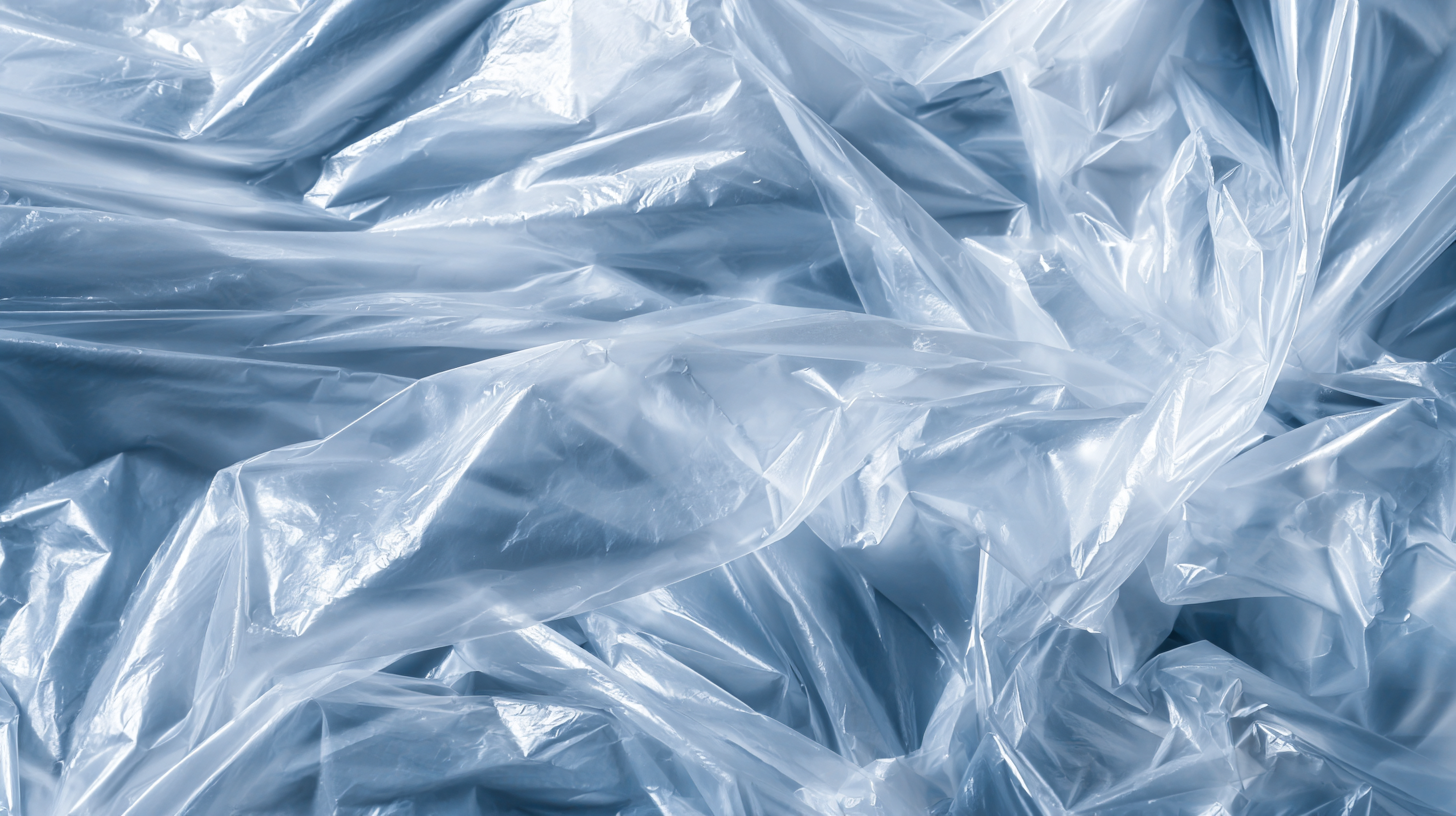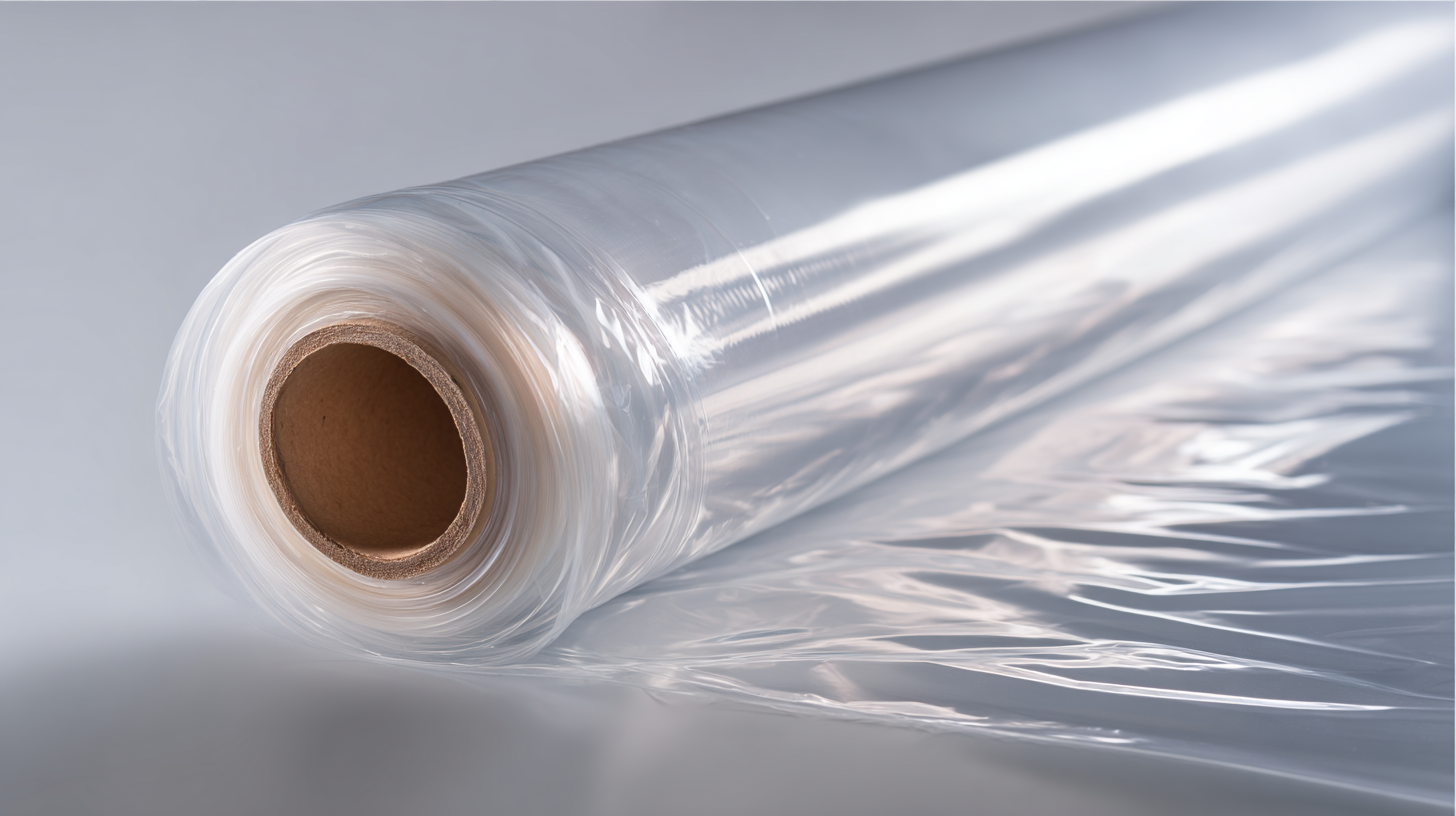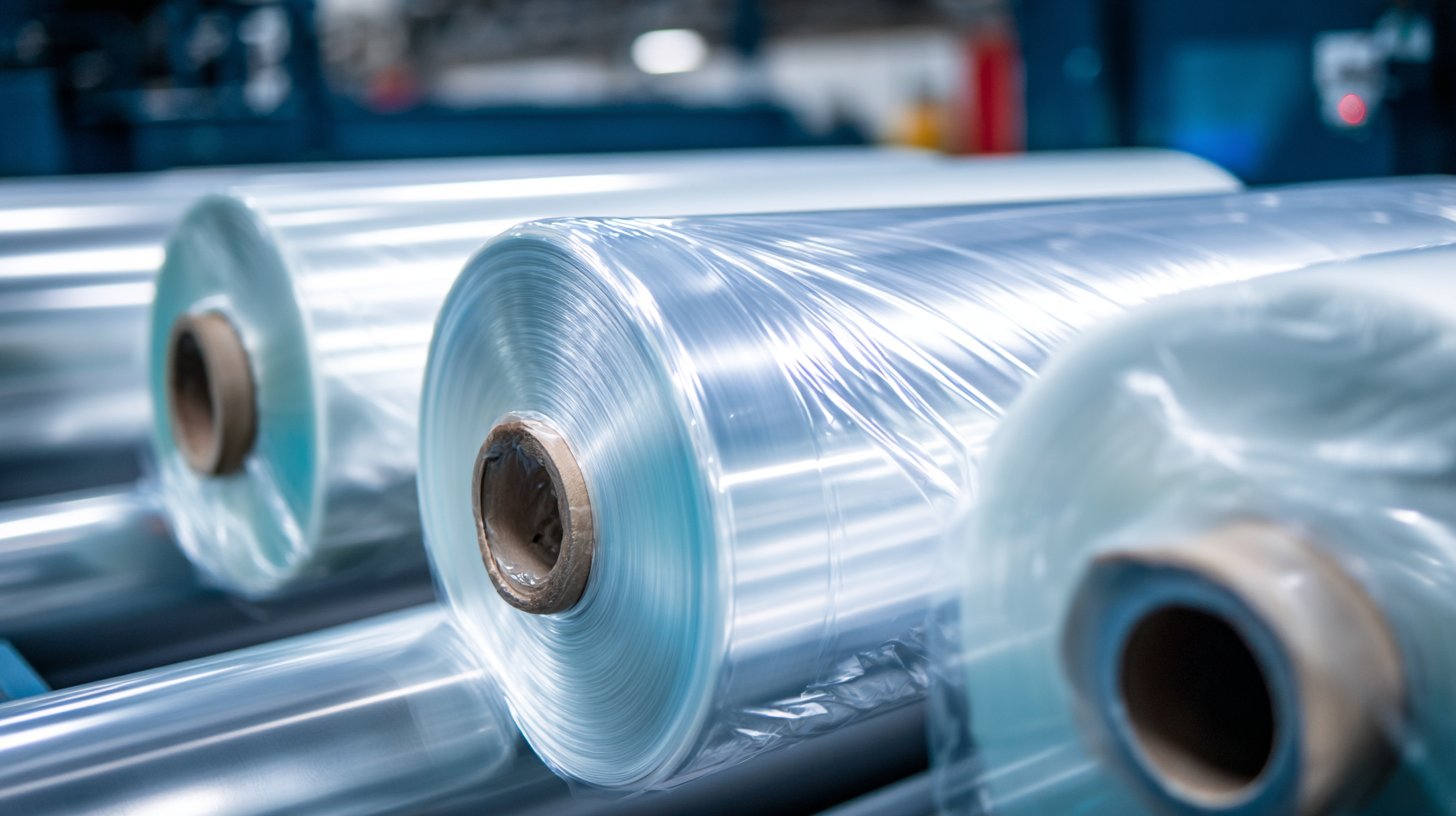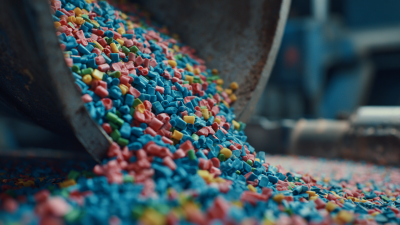The rising concern over environmental sustainability has driven industries to explore innovative solutions to reduce their ecological footprint, particularly in packaging. Plastic film, which accounts for approximately 30% of all plastic packaging used globally, is emerging as a pivotal element in the quest for sustainable packaging solutions. According to a report by Grand View Research, the global market for biodegradable plastic films is expected to reach USD 3.4 billion by 2025, reflecting a shift towards eco-friendly alternatives. These advancements not only address waste management issues but also enhance product shelf life and reduce food waste, highlighting the dual benefits of adopting sustainable materials. This article will delve into various innovative applications of plastic film in sustainable packaging, offering insights into how these solutions are reshaping the packaging landscape to foster a greener future.

As the demand for sustainable packaging solutions continues to grow, biodegradable plastic film is emerging as a leading alternative in the packaging industry. According to a report by Smithers Pira, the global biodegradable plastics market is projected to reach $6.31 billion by 2024, driven by the increasing consumer preference for eco-friendly products. One of the most promising biodegradable options is polylactic acid (PLA), derived from renewable resources such as corn starch. This compostable plastic film degrades in commercial composting facilities within 60 to 90 days, offering a significant reduction in landfill waste compared to traditional plastics.
Furthermore, advancements in biopolymer technology have led to the development of innovative materials that combine functional performance with environmental responsibility. For instance, researchers are exploring seaweed-based films that not only offer biodegradability but also possess natural antimicrobial properties, enhancing the shelf life of food products. According to the Biodegradable Products Institute (BPI), the adoption of such materials in packaging could reduce greenhouse gas emissions by up to 75% compared to conventional plastic films. This transition not only addresses environmental concerns but also aligns with the growing regulatory pressures for sustainable packaging solutions across various industries.
Recent advancements in recyclable plastic films have significantly transformed the landscape of sustainable packaging solutions. These innovative materials are designed not only to protect products but also to minimize environmental impact. With properties such as enhanced barrier protection against moisture and oxygen, recyclable plastic films ensure product longevity while addressing pressing sustainability concerns. Their ability to be processed alongside other recyclable materials means that they can contribute to a circular economy, reducing landfill waste and promoting recycling initiatives.
Moreover, the development of biobased and biodegradable plastic films represents a substantial step forward in sustainable packaging. These films utilize renewable resources, such as plant-based materials, while maintaining the functionality and durability required in packaging applications. By offering a viable alternative to traditional plastics, these innovations help to decrease reliance on fossil fuels and reduce carbon footprints. As businesses continue to adopt these advancements, they not only comply with increasing environmental regulations but also align with consumer demands for eco-friendly options, paving the way for a greener future in product packaging.
 Plastic films have emerged as a pivotal element in sustainable packaging solutions, particularly in their ability to extend the shelf life of perishable food items. By creating a barrier against moisture, oxygen, and light, these films help maintain the freshness and quality of food products for longer periods. The use of advanced materials, such as biodegradable and recyclable plastic films, enhances this capability while minimizing environmental impact, making them an essential component in the fight against food waste.
Plastic films have emerged as a pivotal element in sustainable packaging solutions, particularly in their ability to extend the shelf life of perishable food items. By creating a barrier against moisture, oxygen, and light, these films help maintain the freshness and quality of food products for longer periods. The use of advanced materials, such as biodegradable and recyclable plastic films, enhances this capability while minimizing environmental impact, making them an essential component in the fight against food waste.
Incorporating plastic films into food packaging not only preserves the integrity of the contents but also plays a significant role in reducing spoilage. With innovative designs such as vacuum sealing and modified atmosphere packaging, plastic films effectively inhibit the growth of bacteria and mold. Such techniques have proven beneficial for various food categories, including fruits, vegetables, meat, and dairy products. As a result, retailers and consumers alike can reduce food waste dramatically, contributing to a more sustainable food system while addressing the global challenge of food insecurity.
The drive towards sustainable packaging has inspired innovative techniques to enhance the durability and reusability of plastic films. One significant advancement is the incorporation of bio-based additives that not only improve the mechanical properties of plastic films but also enhance their biodegradability. These additives modify the polymer structure, making the films stronger and more resistant to environmental stressors, while also allowing them to decompose more naturally at the end of their lifecycle. This dual advantage reduces plastic waste in landfills and oceans, promoting a healthier ecosystem.
Another groundbreaking technique involves the application of advanced recycling technologies that enable the reuse of plastic film in various packaging formats. By employing methods such as chemical recycling, which breaks down plastics into their original monomers, manufacturers can create high-quality materials for new products. Furthermore, innovative sealing and bonding technologies enhance the integrity of layered plastic films, ensuring they remain intact during transport and use. These advancements not only extend the lifespan of plastic films but also foster a circular economy, where materials are reused continuously, reducing the dependency on virgin resources and lowering overall environmental impact.
| Application Area | Technique | Durability Enhanced (Years) | Reusability Potential (Cycles) |
|---|---|---|---|
| Food Packaging | Bio-based additives | 5 | 2-3 |
| Agricultural Films | UV-resistant coatings | 6 | 3-5 |
| Retail Packaging | Recyclable materials | 4 | 4-6 |
| E-commerce Packaging | Shock-absorbing layers | 5 | 3-4 |
| Industrial Packaging | Enhanced barrier films | 7 | 5-7 |
Consumer awareness and acceptance of sustainable plastic film packaging solutions have become critical in the evolving landscape of environmentally friendly practices. According to a 2022 survey by the Global Packaging Association, over 68% of consumers are now willing to pay extra for products packaged in sustainable materials. This shift highlights an increasing demand for brands to innovate and embrace sustainable practices in their packaging strategies.

Moreover, a report from Smithers Pira projected that by 2025, the global market for sustainable packaging is expected to reach $800 billion, driven largely by consumer preference for eco-friendly alternatives. This rising trend provides a significant opportunity for companies to explore innovative uses of plastic film, such as bio-based or compostable films, which can meet both functional and environmental needs. As brands respond to consumer demands by adopting sustainable plastic film solutions, they not only enhance their market competitiveness but also contribute to a more circular economy.





